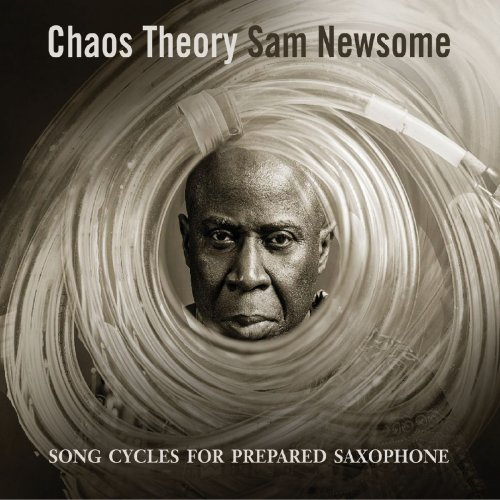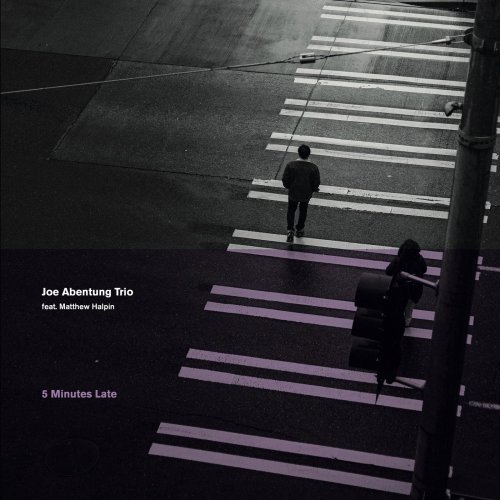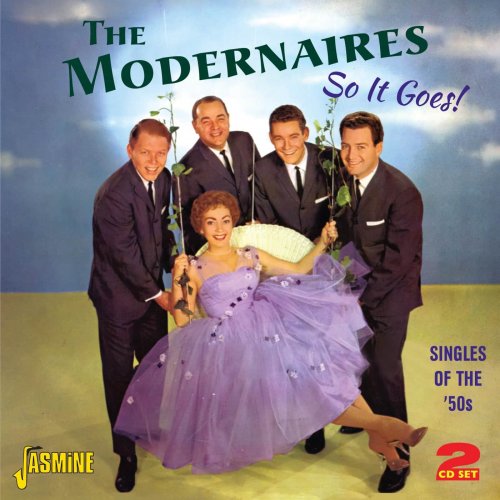Sam Newsome - Chaos Theory: Songs Cycles for Prepared Saxophone (2019)

Artist: Sam Newsome
Title: Chaos Theory: Songs Cycles for Prepared Saxophone
Year Of Release: 2019
Label: Some New Music
Genre: Jazz
Quality: FLAC (tracks)
Total Time: 39:40 min
Total Size: 195 MB
WebSite: Album Preview
Tracklist:Title: Chaos Theory: Songs Cycles for Prepared Saxophone
Year Of Release: 2019
Label: Some New Music
Genre: Jazz
Quality: FLAC (tracks)
Total Time: 39:40 min
Total Size: 195 MB
WebSite: Album Preview
01. Chaos Theory, No. 1: Brewing
02. Tel Aviv
03. Sonic Polarity
04. Marching Towards Insanity
05. Chaos Theory, No. 2: Hiss-Ology
06. Urban Location
07. Boiler Room Aesthetics
08. Solo, No. 1: Naked Truth
09. Seven Points of Reference
10. Chaos Theory, No. 3: Entrapment
11. Bubble Mute Boogie
12. Solo, No. 2: From Down Under
13. Solo, No. 3: Flutter-Effect
14. Chaos Theory, No. 4: Measured Mayhem
15. Solo, No. 4: Chiming In
Soprano saxophonist Sam Newsome is proud to announce the June 3, 2019 release of his new solo saxophone recording, Chaos Theory: Song Cycles for Prepared Saxophone. This 15-track collection of original tunes appeals to anyone willing to immerse him or herself in what’s before them: Newsome’s innovative approach to the soprano saxophone and contributions to the solo saxophone canon.
While the album is quite obviously a result of Newsome’s unapologetic desire to delve into the sonic potential of his instrument, the saxophonist’s primary concern, first and foremost, is listenability. Actively in search of creating music that is both fresh and relatable, Newsome’s sound palette coddles the ear as it challenges the mind.
“There’s noise, grooves, pretty melodies, and sometimes straight up craziness. But at the end of the day, what I hope you hear is music.”
Some of the tracks on Chaos Theory feature sounds familiar from previous Newsome records—layered tracks, chimes hung from the horn, altered brass mutes fitted into its bell, multi-phonics, flutter and percussive slap tonguing, micro-tones, air sounds and hisses, and various forms of acoustic sound manipulation. However, for this new record, Newsome has augmented his soprano with plastic tubes extending the expanse between neck and mouthpiece – elongating the sound waves emitting from the horn and deepening its range by two or more octaves.
The seemingly effortless interplay between appeal and avant garde, evident in Sam Newsome’s compositions, is a rare combination. While instrument preparations and extended techniques have become the lingua franca of improvised music, Newsome does it with an uncanny level of control – his music never sounds chaotic. Aware of the fine line that exists between stating one’s piece and self-indulging, Newsome believes “that musicians can push the envelope as far as their imaginations will allow and, consequently, their creative endeavors will maintain a lot of its interest, as long as it does not linger too long”. Upon heading into the studio, Newsome’s approach is simple: quit while ahead – concision is key.
Sam Newsome sees himself as a visual artist who paints with notes and sounds rather than shapes and colors. “My music,” says Newsome, “is a type of improvisatory art music in which jazz functions more as a resource than a musical genre to be interpreted with stylistic specificity. While many who play experimental music consider themselves avant gardist, I consider myself an avant traditionalist.”
While Newsome’s approach is unorthodox, it has proven very fruitful, both musically and critically. Steve Lacy once said that the “potential of the saxophone is unlimited.” Newsome’s Chaos Theory proves this time and time again.
While the album is quite obviously a result of Newsome’s unapologetic desire to delve into the sonic potential of his instrument, the saxophonist’s primary concern, first and foremost, is listenability. Actively in search of creating music that is both fresh and relatable, Newsome’s sound palette coddles the ear as it challenges the mind.
“There’s noise, grooves, pretty melodies, and sometimes straight up craziness. But at the end of the day, what I hope you hear is music.”
Some of the tracks on Chaos Theory feature sounds familiar from previous Newsome records—layered tracks, chimes hung from the horn, altered brass mutes fitted into its bell, multi-phonics, flutter and percussive slap tonguing, micro-tones, air sounds and hisses, and various forms of acoustic sound manipulation. However, for this new record, Newsome has augmented his soprano with plastic tubes extending the expanse between neck and mouthpiece – elongating the sound waves emitting from the horn and deepening its range by two or more octaves.
The seemingly effortless interplay between appeal and avant garde, evident in Sam Newsome’s compositions, is a rare combination. While instrument preparations and extended techniques have become the lingua franca of improvised music, Newsome does it with an uncanny level of control – his music never sounds chaotic. Aware of the fine line that exists between stating one’s piece and self-indulging, Newsome believes “that musicians can push the envelope as far as their imaginations will allow and, consequently, their creative endeavors will maintain a lot of its interest, as long as it does not linger too long”. Upon heading into the studio, Newsome’s approach is simple: quit while ahead – concision is key.
Sam Newsome sees himself as a visual artist who paints with notes and sounds rather than shapes and colors. “My music,” says Newsome, “is a type of improvisatory art music in which jazz functions more as a resource than a musical genre to be interpreted with stylistic specificity. While many who play experimental music consider themselves avant gardist, I consider myself an avant traditionalist.”
While Newsome’s approach is unorthodox, it has proven very fruitful, both musically and critically. Steve Lacy once said that the “potential of the saxophone is unlimited.” Newsome’s Chaos Theory proves this time and time again.

![Coco Chatru Quartet - Lost Christmas (2025) [Hi-Res] Coco Chatru Quartet - Lost Christmas (2025) [Hi-Res]](https://www.dibpic.com/uploads/posts/2025-12/1765719561_coco-chatru-quartet-lost-christmas-2025.jpg)






